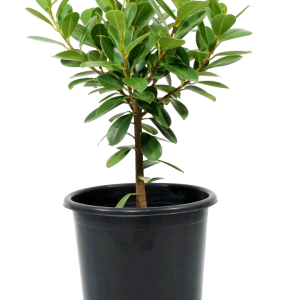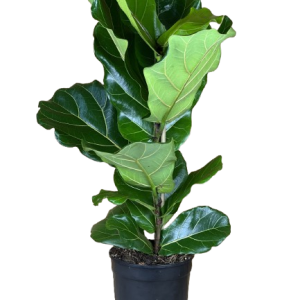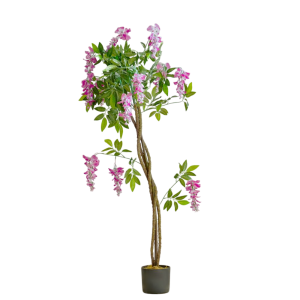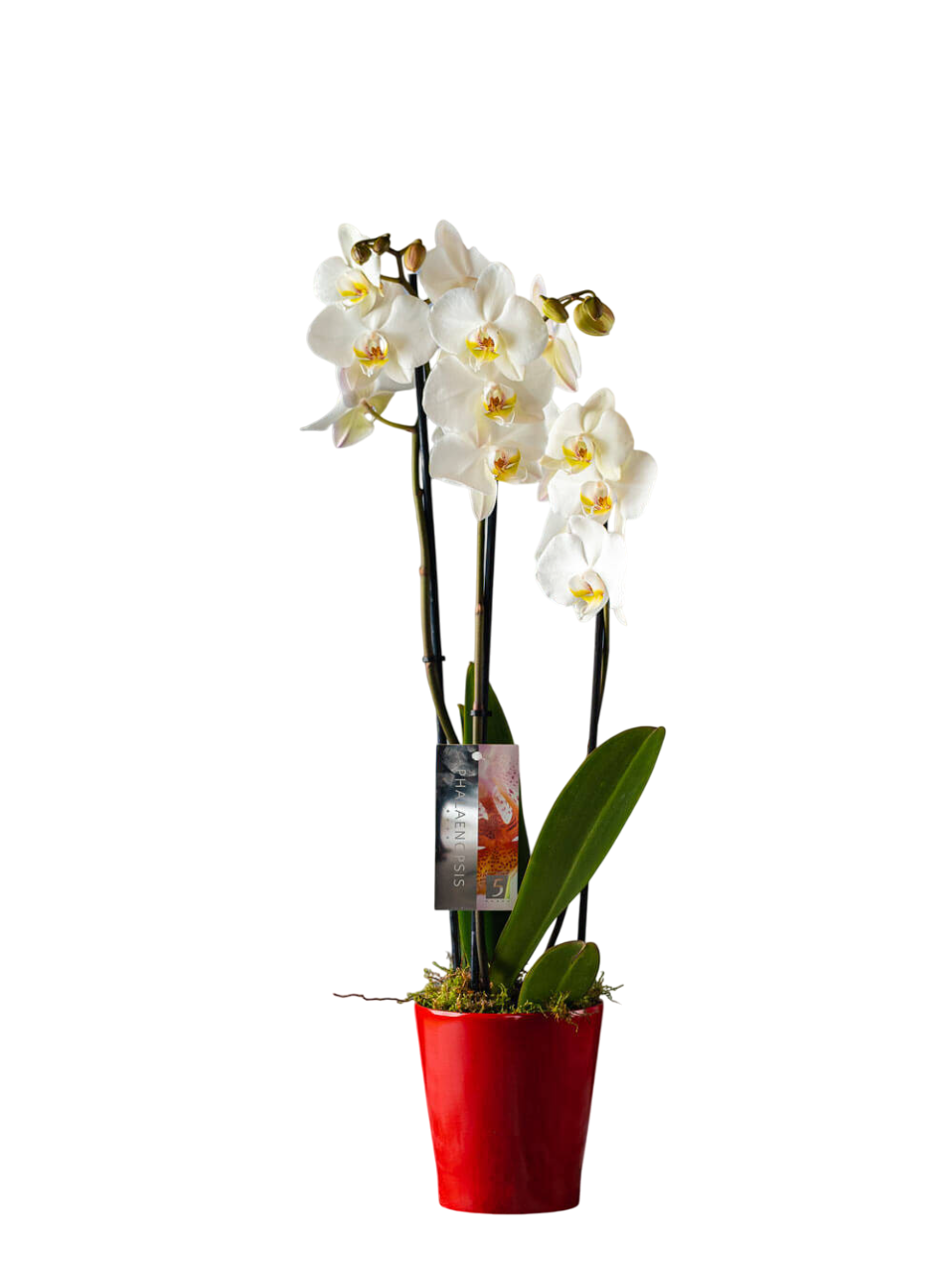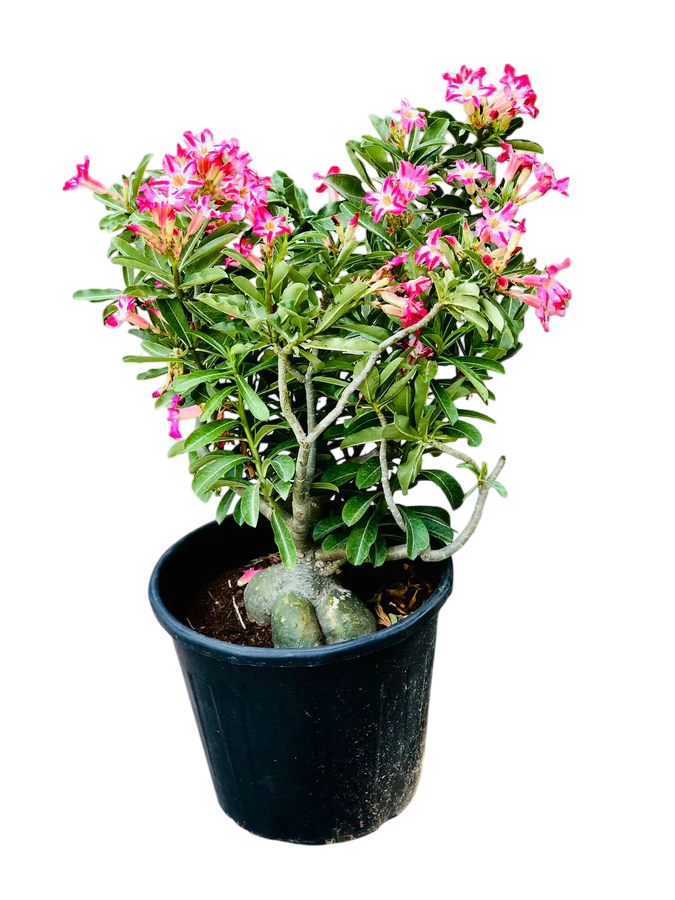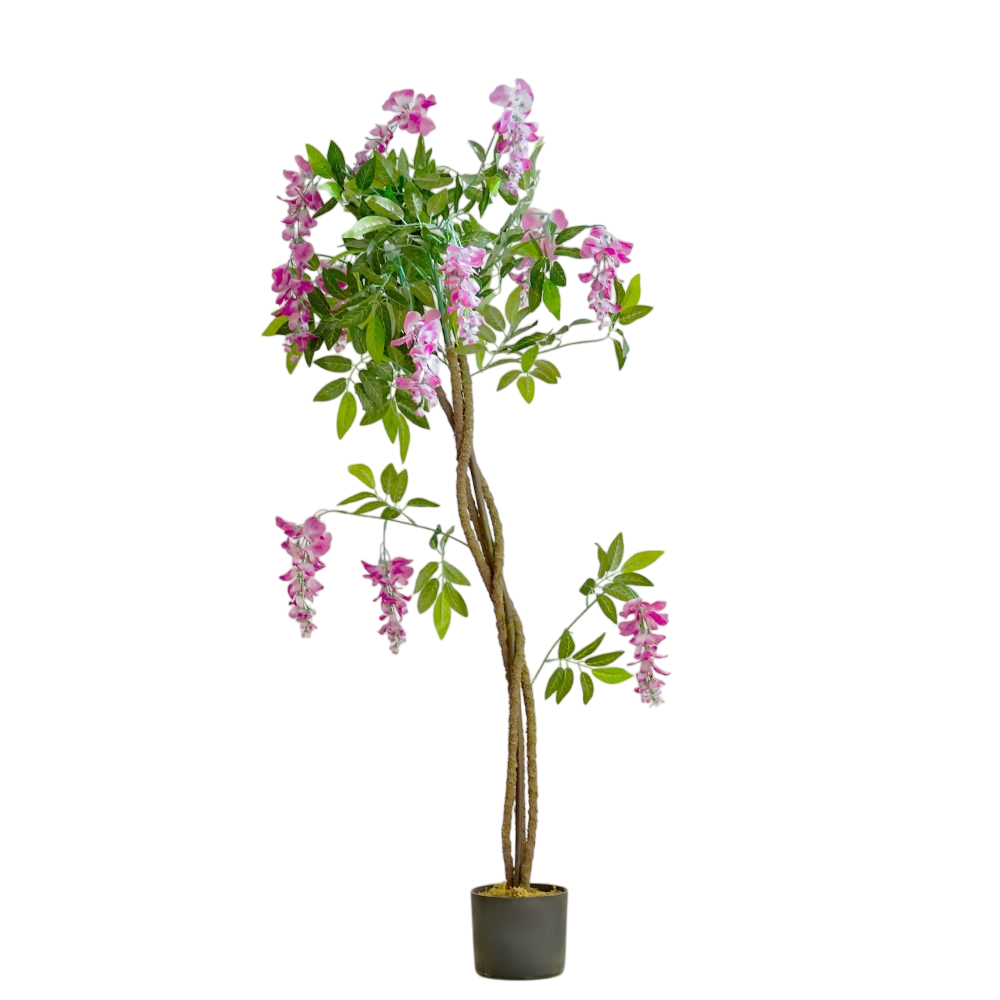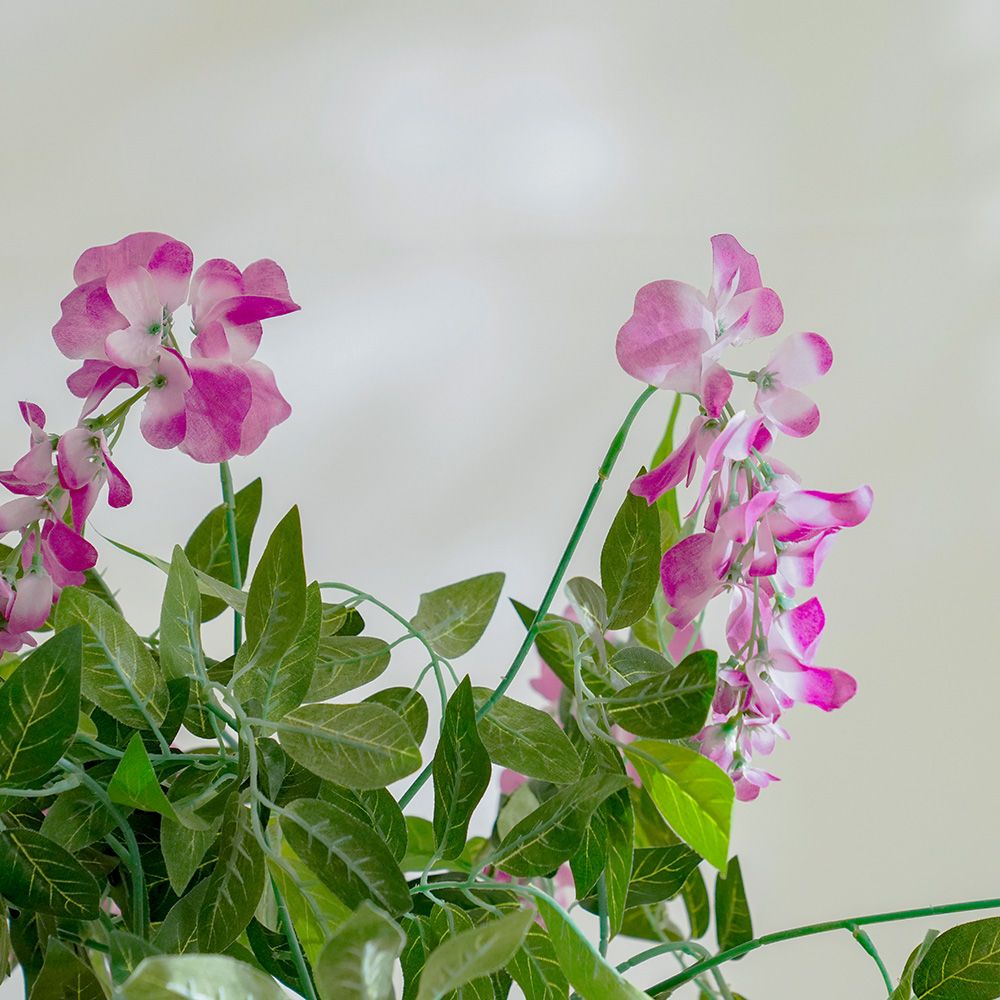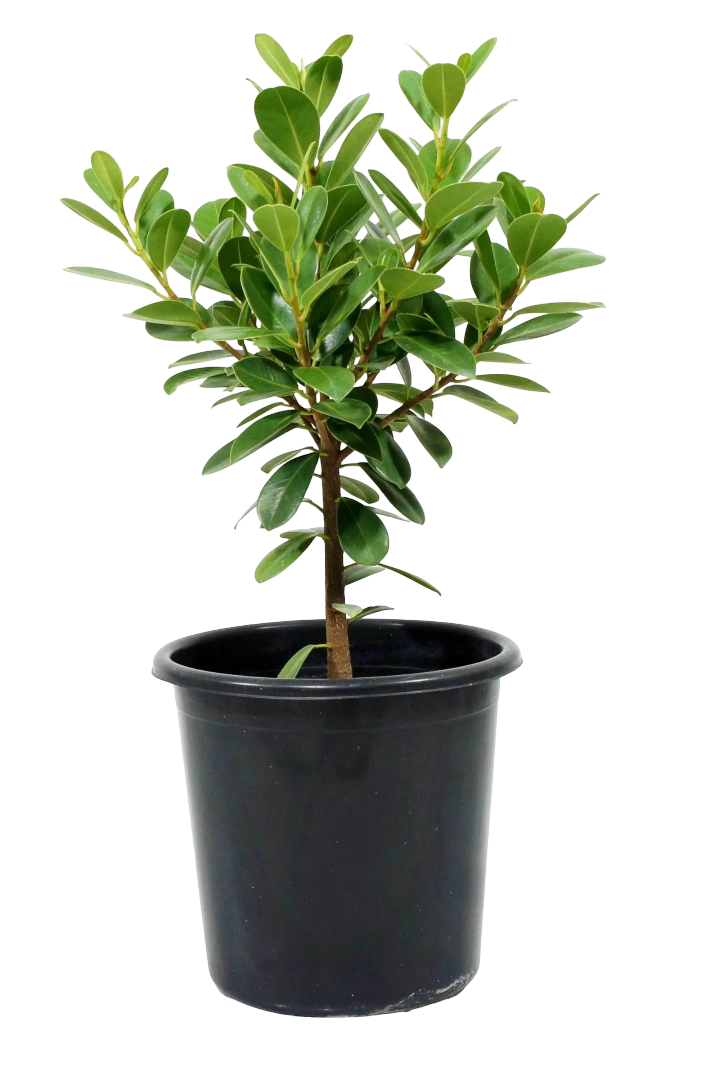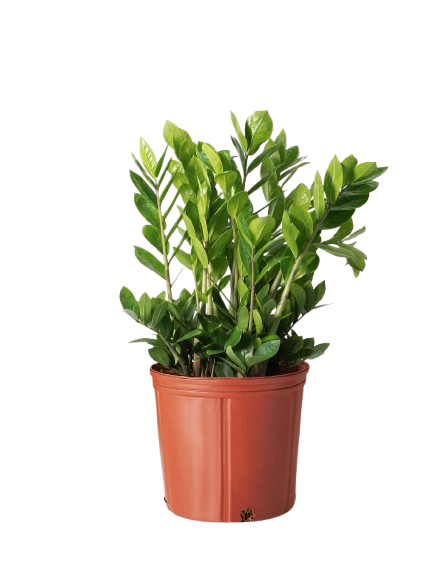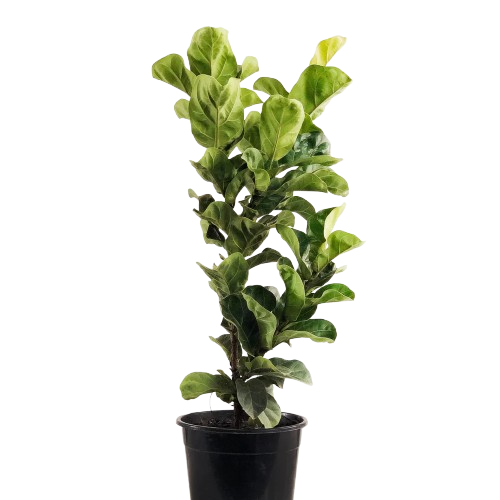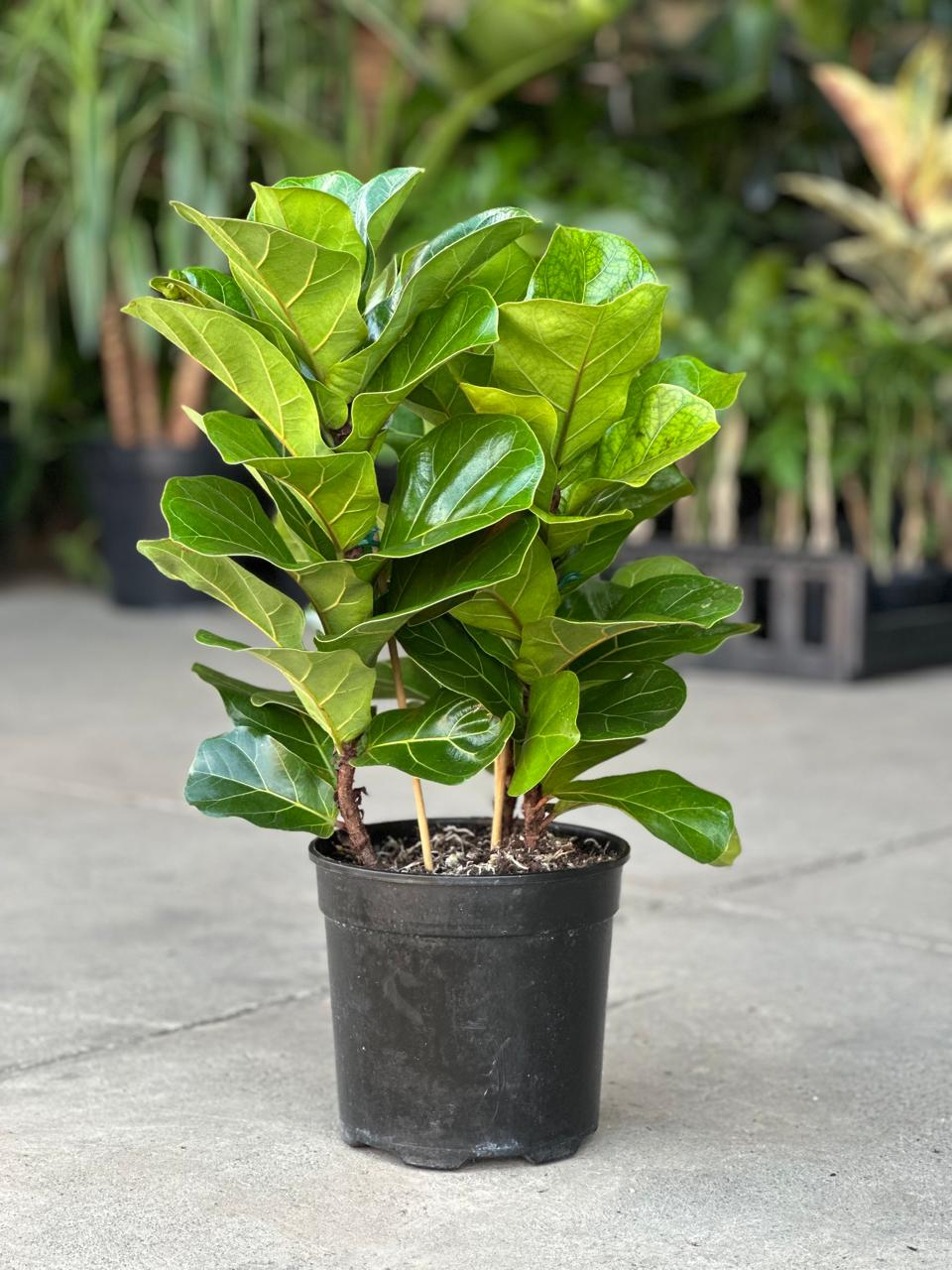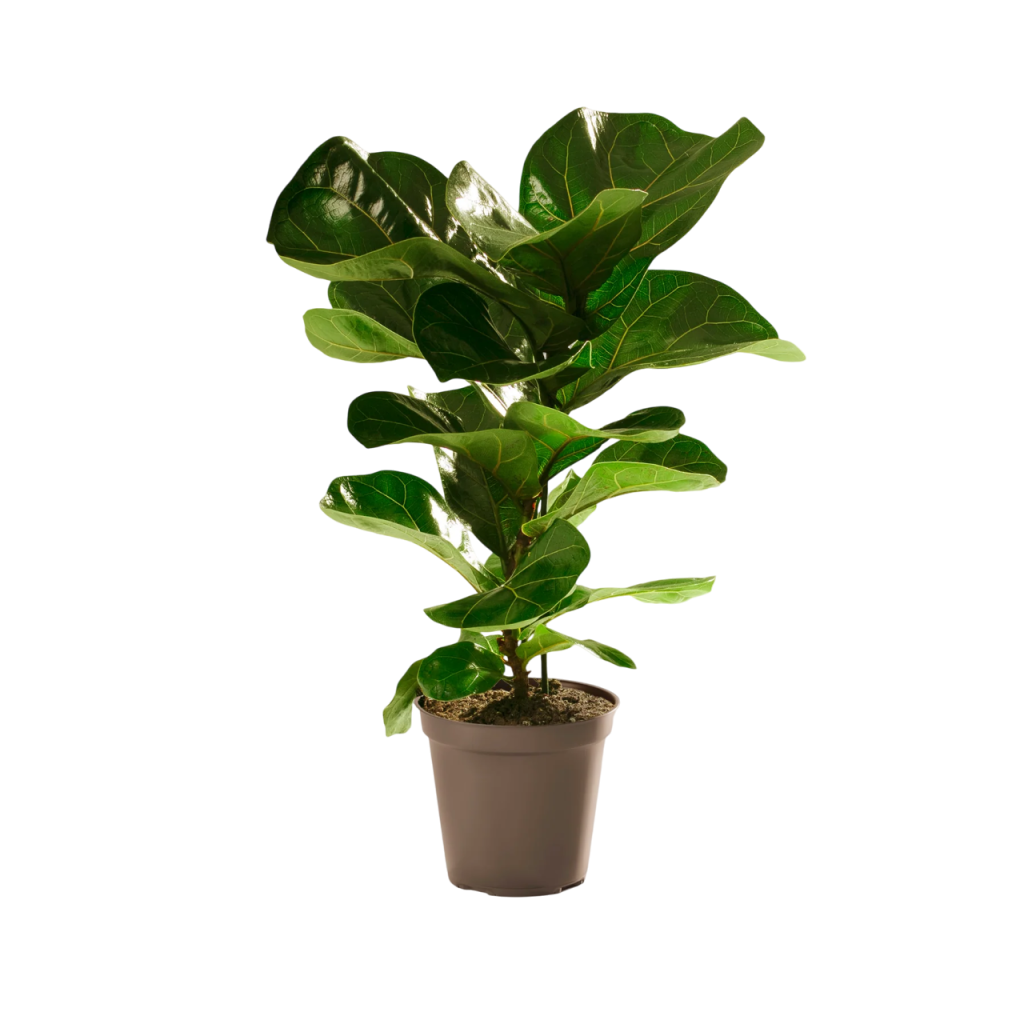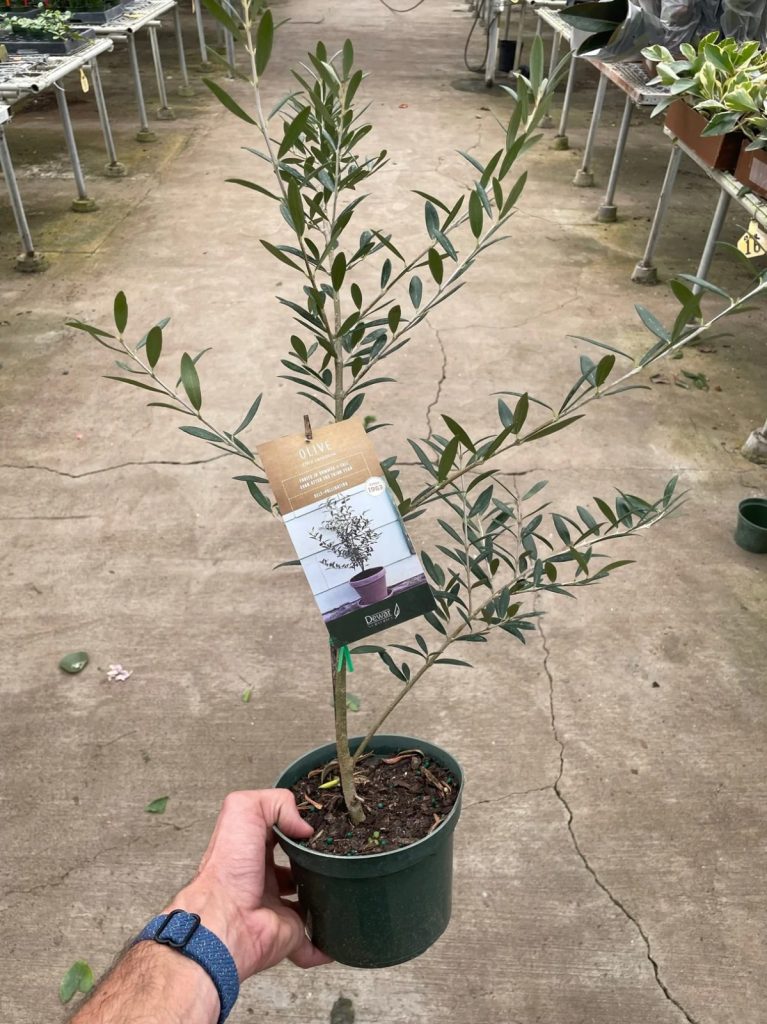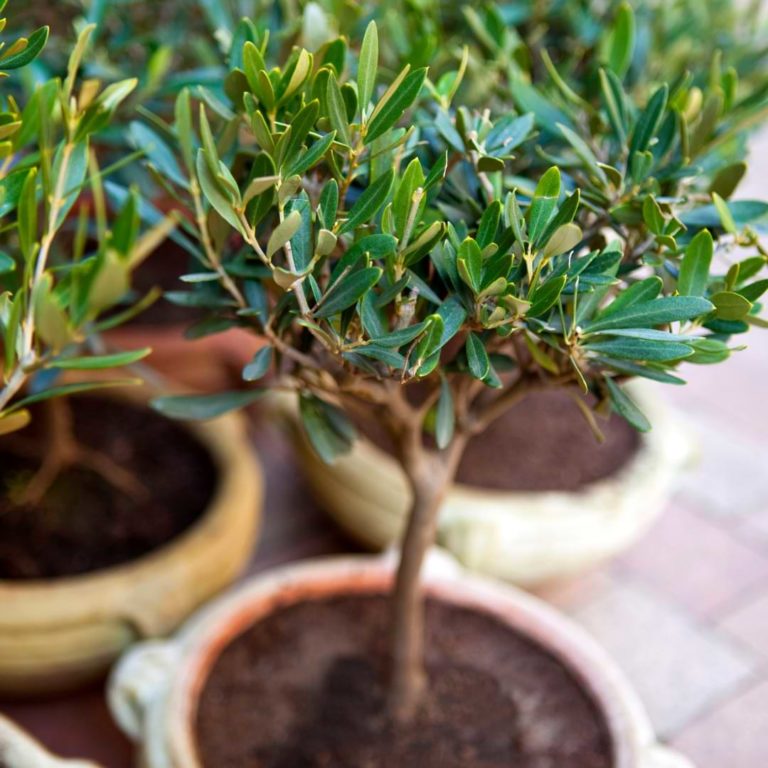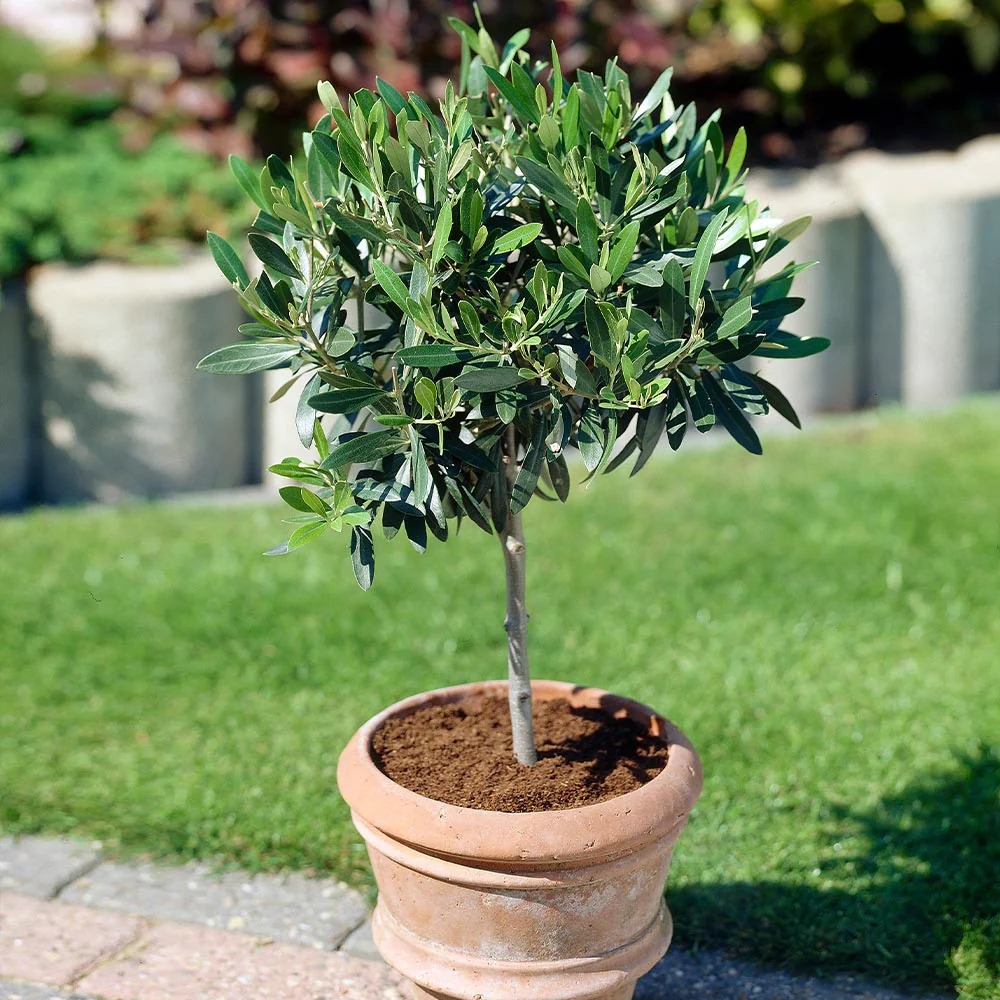Olive Trees in Kenya: Olea Africana vs. Olea Europaea
Olive trees are timeless symbols of peace, resilience, and prosperity. In Kenya, two main varieties thrive: Olea Africana (African Wild Olive) and Olea Europaea (European Olive). Though they share the same heritage, each species offers unique benefits—Olea Africana as a hardy indigenous tree with medicinal and cultural value, and Olea Europaea as the world-famous fruiting olive used for oil and culinary purposes.
Why Grow Olive Trees?
- Strong cultural symbolism of peace and longevity.
- Drought-tolerant, making them ideal for Kenya’s varied climates.
- Olea Africana: excellent for landscaping, shade, and traditional uses.
- Olea Europaea: produces olives for food and oil extraction.
- Evergreen beauty with long lifespans, often lasting centuries.
Cultural & Historical Significance
In the Mediterranean, Olea Europaea has been cultivated for over 6,000 years, with its oil valued as “liquid gold” by ancient Greeks and Romans. In contrast, Olea Africana is deeply rooted in African traditions, used in herbal medicine, woodcraft, and as a sacred tree in various communities. The olive branch remains a universal symbol of peace, linking both varieties across continents and cultures.
How Are They Different?
- Olea Africana: Indigenous to Africa, smaller leaves, rarely fruits in large quantities, highly drought-resistant, valued for shade, timber, and traditional medicine.
- Olea Europaea: Native to the Mediterranean, produces edible olives for oil and table use, prefers drier low to mid-altitude regions, and is a commercial crop worldwide.
Ideal Growing Conditions in Kenya
- Sunlight: Both varieties require full sun.
- Soil: Well-drained, sandy or loamy soils are best.
- Watering: Olea Africana thrives with minimal water, while Olea Europaea benefits from moderate irrigation when fruiting.
- Regions: Africana adapts well to highlands like Central Kenya, while Europaea grows best in Rift Valley, Eastern, and Coastal dry zones.
How to Plant Olive Trees
- Select a sunny, well-drained site.
- Dig a hole twice the width of the nursery bag.
- Mix soil with compost for healthy root growth.
- Plant the seedling upright and backfill the soil.
- Water deeply and mulch to retain moisture.
Care Tips
- Water young trees until established; Africana needs less in maturity.
- Prune to shape and encourage airflow.
- Apply compost or organic fertilizer annually.
- Mulch to conserve moisture and improve soil quality.
Pests & Diseases
- Scale insects: Common in both; treat with neem oil spray.
- Root rot: Avoid waterlogging, especially for Europaea.
- Olive leaf spot: More frequent in Europaea; prune and improve airflow.
Pet Safety
Both Olea Africana and Olea Europaea are non-toxic to cats and dogs, making them safe for Kenyan homes with pets.
Growing in Containers
Olea Europaea adapts well to large pots on patios and balconies, while Olea Africana, being more of a landscape tree, is better suited for gardens and open spaces. For container growth, ensure proper drainage and regular pruning.
Where to Buy Olive Trees in Kenya
You can buy olive trees in Kenya at Planters.co.ke, your trusted source for healthy Olea Africana and Olea Europaea seedlings along with stylish planters.
Final Thoughts
Both olive tree varieties have their place in Kenya. Olea Africana is perfect for landscaping, heritage, and resilience, while Olea Europaea brings the added reward of olives and oil production. Whichever you choose, olive trees are a timeless investment for beauty, culture, and sustainability.
— Written by Nikita for Planters.co.ke

